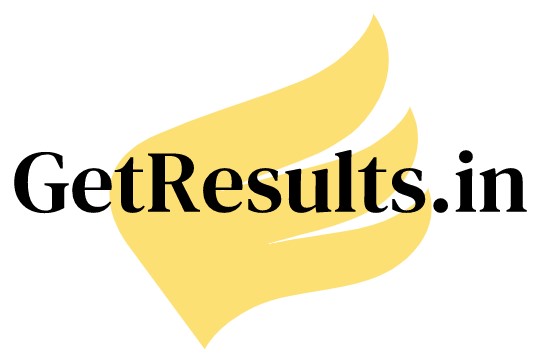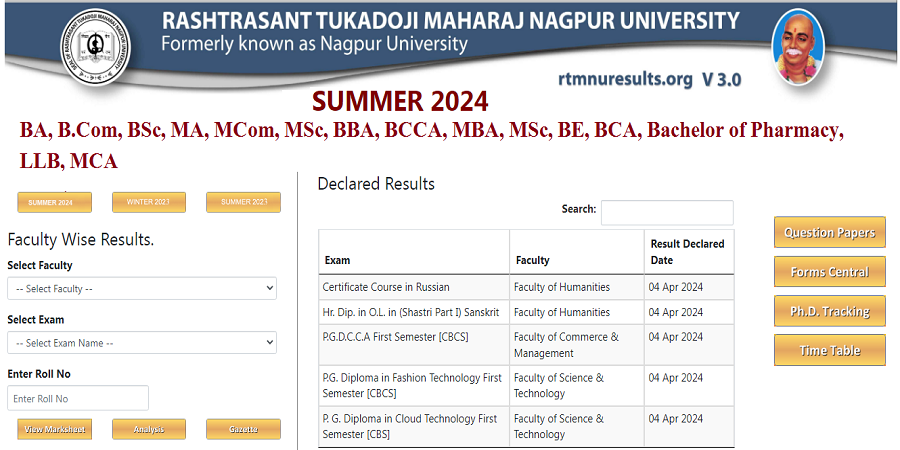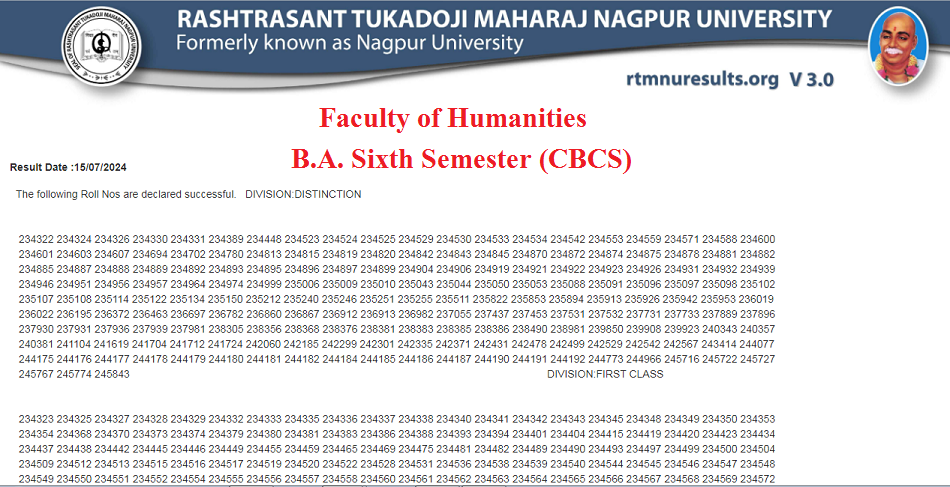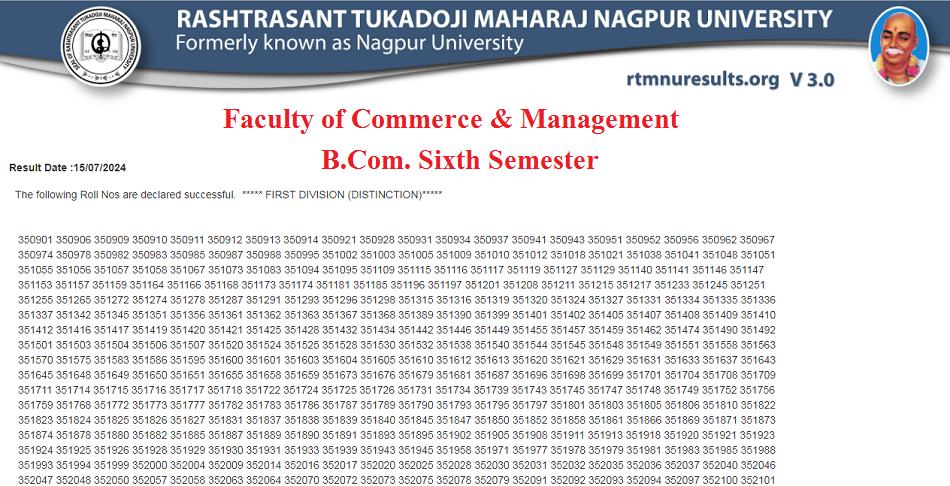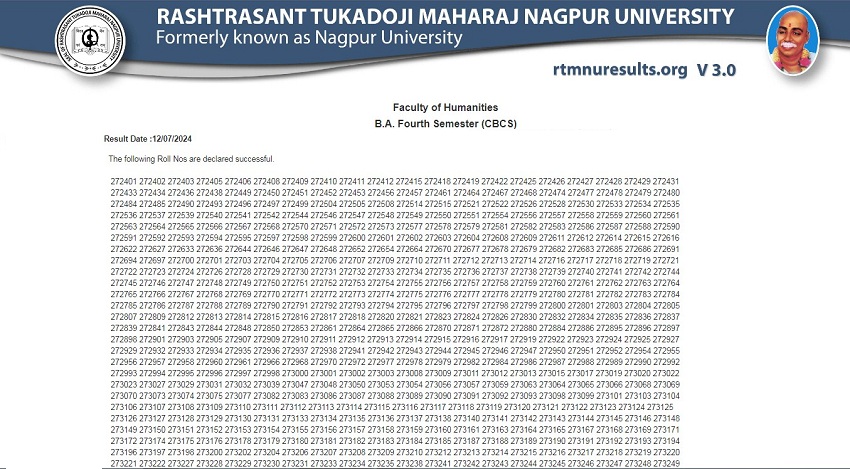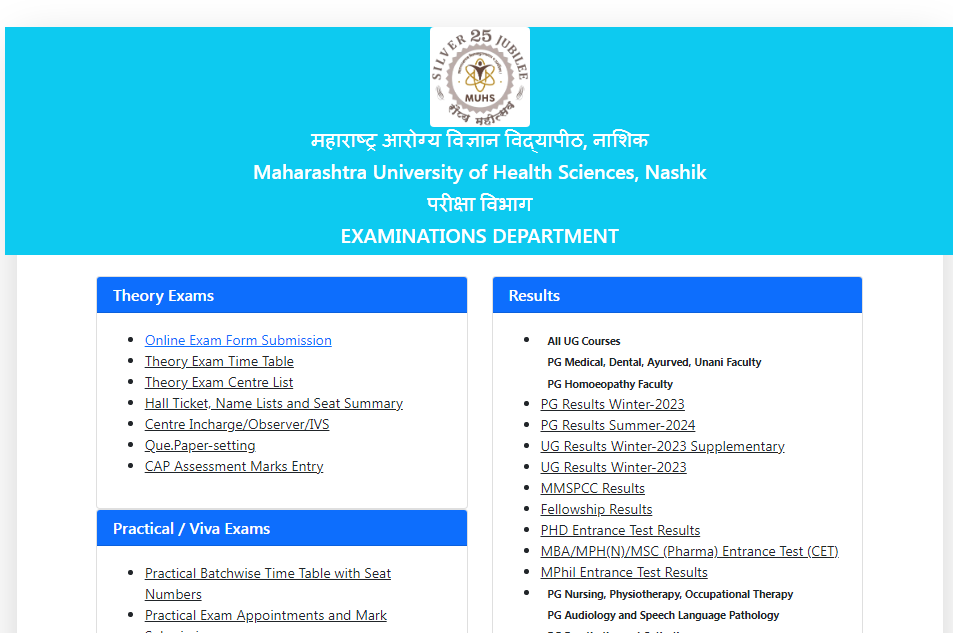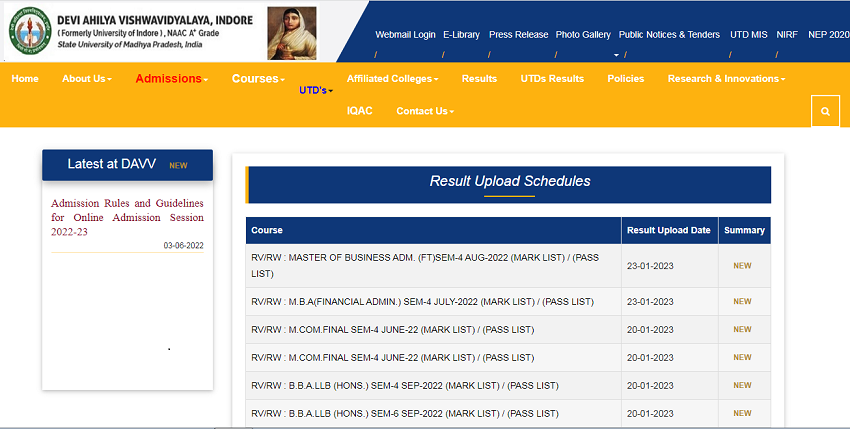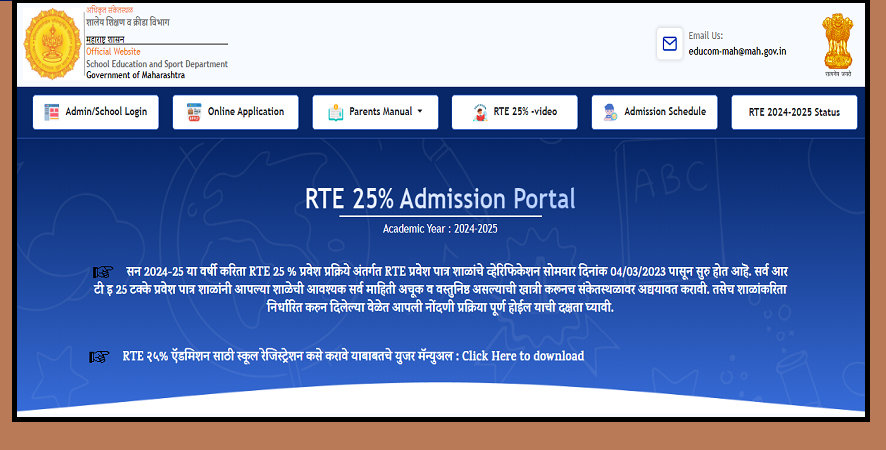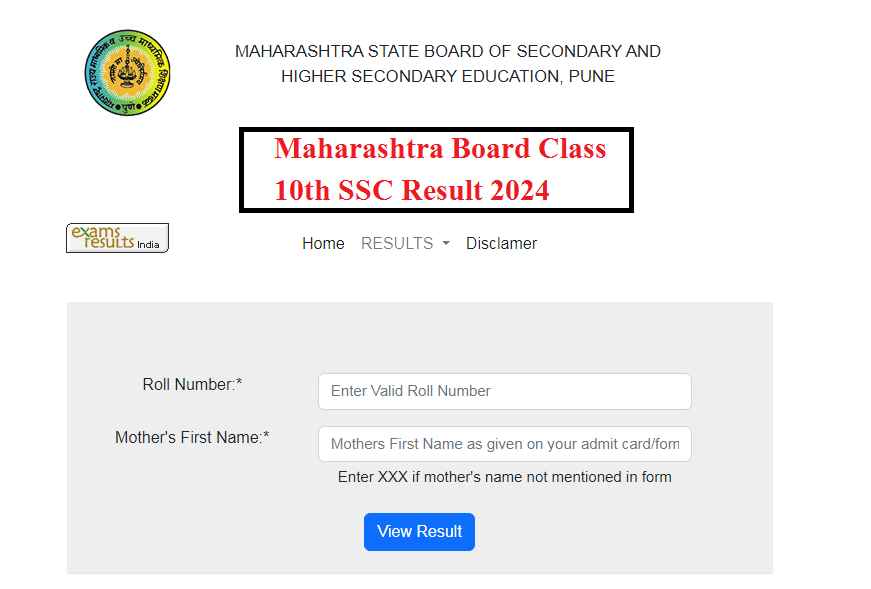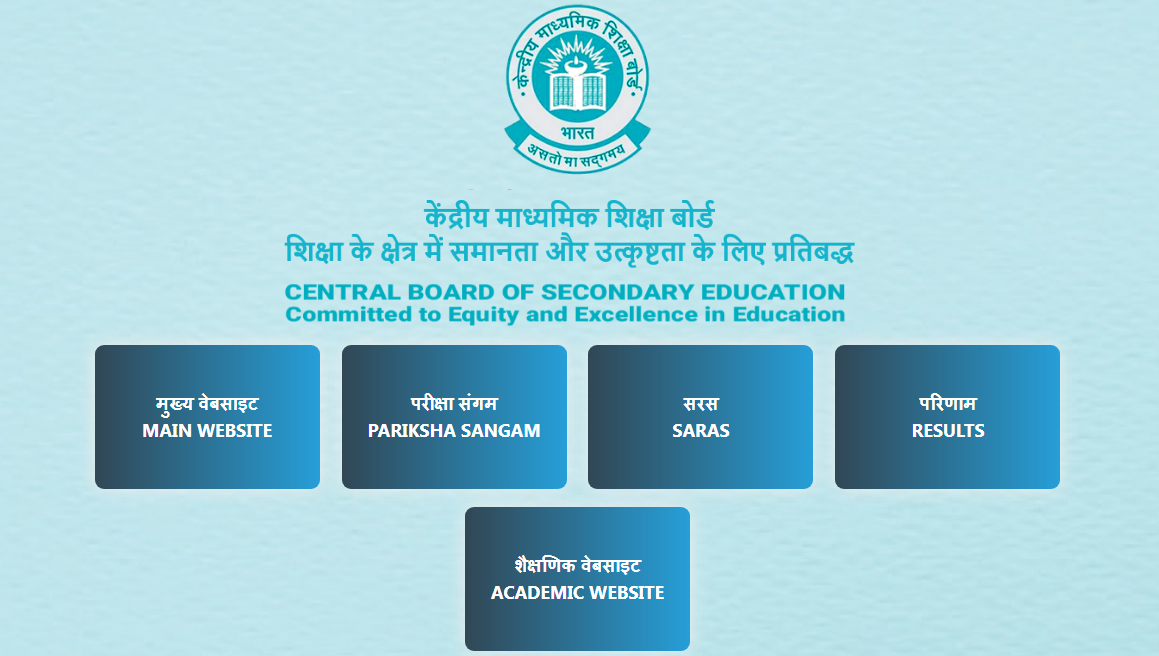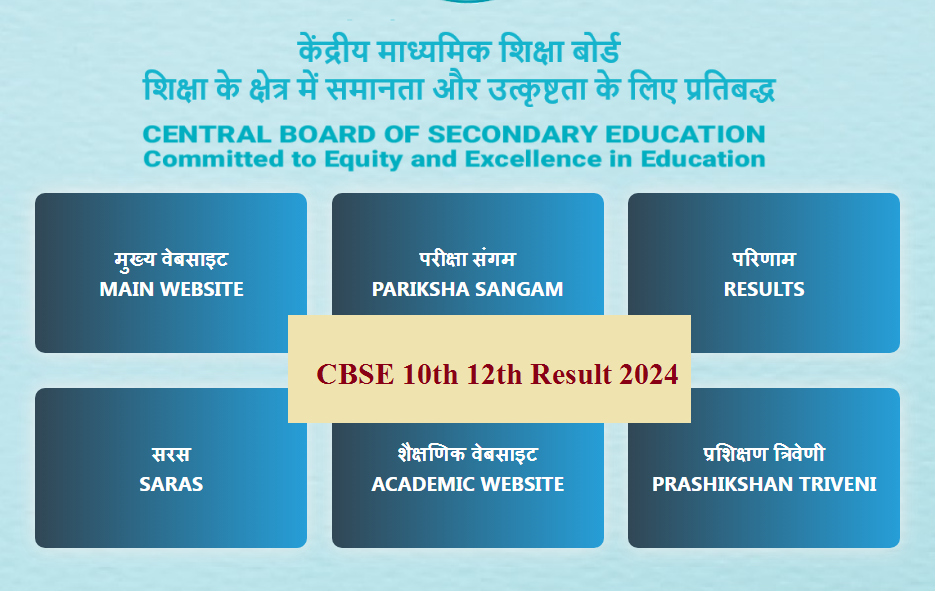Electronics and Computer Engineering Syllabus Pune University

Bachelor of Engineering
(Electronics and Computer Engineering )
(Choice Based Credit System)
(With Effect from Academic Year 2020-21)


Savitribai Phule Pune University
First Year Engineering (2019 Course)
107001 – Engineering Mathematics – I
Teaching Scheme: TH : 3 Hrs./Week ,TUT : 1 Hr/Week
Examination Scheme: In-Semester Exam :30 Marks, End-Semester Exam :70 Marks, TW :25 Marks
Prerequisites:
Differentiation, Integration, Maxima and Minima, Determinants and Matrices.
Course Objectives:
To make the students familiarize with concepts and techniques in Calculus, Fourier series and Matrices. The aim is to equip them with the techniques to understand advanced level mathematics and its applications that would enhance analytical thinking power, useful in their disciplines.
Course Outcomes (COs): The students will be able to learn
CO1: Mean value theorems and its generalizations leading to Taylors and Maclaurin’s series useful in the analysis of engineering problems.
CO2: the Fourier series representation and harmonic analysis for design and analysis of periodic continuous and discrete systems.
CO3: to deal with derivative of functions of several variables that are essential in various branches of Engineering.
CO4: to apply the concept of Jacobian to find partial derivative of implicit function and functional dependence. Use of partial derivatives in estimating error and approximation and finding extreme values of the function.
CO5: the essential tool of matrices and linear algebra in a comprehensive manner for analysis of system of linear equations, finding linear and orthogonal transformations, Eigen values and Eigen vectors applicable to engineering problems
Course Contents
Unit I: Differential Calculus: (08 Hrs.)
Rolle’s Theorem, Mean Value Theorems, Taylor’s Series and Maclaurin’s Series, Expansion of functions using standard expansions, Indeterminate Forms, L’ Hospital’s Rule, Evaluation of Limits and Applications.
Unit II: Fourier Series (08 Hrs.)
Definition, Dirichlet’s conditions, Full range Fourier series, Half range Fourier series, Harmonic analysis, Parseval’s identity and Applications to problems in Engineering.
Unit III: Partial Differentiation (08 Hrs.)
Introduction to functions of several variables, Partial Derivatives, Euler’s Theorem on Homogeneous functions, Partial derivative of Composite Function, Total Derivative, Change of Independent variables
Unit IV: Applications of Partial Differentiation (08 Hrs.)
Jacobian and its applications, Errors and Approximations, Maxima and Minima of functions of two variables, Lagrange’s method of undetermined multipliers.
Unit V: Linear Algebra-Matrices, System of Linear Equations (08 Hrs.)
Rank of a Matrix, System of Linear Equations, Linear Dependence and Independence, Linear and Orthogonal Transformations, Application to problems in Engineering.
Unit VI: Linear Algebra-Eigen Values and Eigen Vectors, Diagonaliztion (08 Hrs.)
Eigen Values and Eigen Vectors, Cayley Hamilton theorem, Diagonaliztion of a matrix,
Reduction of Quadratic forms to Canonical form by Linear and Orthogonal transformations.
Text Books:
1. Higher Engineering Mathematics by B. V. Ramana (Tata McGraw Hill)
2. Higher Engineering Mathematics by B. S. Grewal (Khanna Publication, Delhi)
Reference Books:
1. Advanced Engineering Mathematics by Erwin Kreyszig (Wiley Eastern Ltd.)
2. Advanced Engineering Mathematics by M. D. Greenberg (Pearson Education)
3. Advanced Engineering Mathematics by Peter V. O’Neil (Thomson Learning)
4. Thomas’ Calculus by George B. Thomas, (Addison-Wesley, Pearson)
5. Applied Mathematics (Vol. I & Vol. II) by P.N.Wartikar and J.N.Wartikar Vidyarthi Griha Prakashan, Pune.
6. Linear Algebra –An Introduction, Ron Larson, David C. Falvo (Cenage Learning, Indian edition)
Tutorial and Term Work:
i) Tutorial for the subject shall be engaged in minimum three batches (batch size of 22 students maximum) per division.
ii) Term work shall consist of six assignments on each unit-I to unit-VI and is based on performance and continuous internal assessment.
Engineering Physics
Teaching Scheme: TH: 04 Hr/week, PR: 02 Hr/Week
Examination Scheme: In-Semester :30 Marks, End-Semester :70 Marks, PR :25 Marks
Prerequisite Courses, if any:
Fundamentals of: optics, interference, diffraction polarization, wave-particle duality, semiconductors and magnetism
Companion Course, if any: Laboratory Practical
Course Objectives:
To teach students basic concepts and principles of physics, relate them to laboratory experiments and their applications
Course Outcomes:
On completion of the course, learner will be able to–
CO1: Develop understanding of interference, diffraction and polarization; connect it to few engineering applications.
CO2: Learn basics of lasers and optical fibers and their use in some applications.
CO3: Understand concepts and principles in quantum mechanics. Relate them to some applications.
CO4: Understand theory of semiconductors and their applications in some semiconductor devices.
CO5: Summarize basics of magnetism and superconductivity. Explore few of their technological applications.
CO6: Comprehend use of concepts of physics for Non Destructive Testing. Learn some properties of nanomaterials and their application.
Course Contents
Unit I Wave Optics (08 Hrs)
Interference
– Introduction to electromagnetic waves and electromagnetic spectrum
– Interference in thin film of uniform thickness (with derivation)
– Interference in thin film wedge shape (qualitative)
– Applications of interference: testing optical flatness, anti-reflection coating
Diffraction
– Diffraction of light
– Diffraction at a single slit, conditions for principal maxima and minima, diffraction pattern
– Diffraction grating, conditions for principal maxima and minima starting from resultant amplitude equations, diffraction pattern
– Rayleigh’s criterion for resolution, resolving power of telescope and grating
Polarization
– Polarization of light, Malus law
– Double refraction, Huygen’s theory of double refraction
Applications of polarization: LCD
Unit II Laser and Optic Fibre (08 Hrs)
Laser
– Basics of laser and its mechanism, characteristics of laser
– Semiconductor laser: Single Hetro-junction laser
– Gas laser: CO2 laser
– Applications of lasers: Holography, IT, industrial, medical
Optic Fiber
– Introduction, parameters: Acceptance Angle, Acceptance Cone, Numerical Aperture
– Types of optical fiber- step index and graded index
– Attenuation and reasons for losses in optic fibers (qualitative)
– Communication system: basic building blocks
Advantages of optical fiber communication over conventional methods.
Unit III Quantum Mechanics (08 Hrs)
– De-Broglie hypothesis
– Concept of phase velocity and group velocity (qualitative)
– Heisenberg Uncertainty Principle
– Wave-function and its physical significance
– Schrodinger’s equations: time independent and time dependent
– Application of Schrodinger’s time independent wave equation – Particle enclosed in infinitely deep potential well (Particle in RigidBox)
– Particle in Finite potential well (Particle in Non Rigid box) (qualitative)
– Tunneling effect, Tunneling effect examples (principle only): Alpha Decay, Scanning Tunneling Microscope, Tunnel diode
– Introduction to quantum computing
Unit IV Semiconductor Physics (08 Hrs)
– Free electron theory (Qualitative)
– Opening of band gap due to internal electron diffraction due to lattice Band theory of solids
– Effective mass of electron Density of states
– Fermi Dirac distribution function
– Conductivity of conductors and semiconductors
– Position of Fermi level in intrinsic and extrinsic semiconductors (with derivations based on carrier concentration)
– Working of PN junction on the basis of band diagram
– Expression for barrier potential (derivation)
– Ideal diode equation
– Applications of PN junction diode: Solar cell (basic principle with band diagram) IV Characteristics and Parameters, ways of improving efficiency of solar cell
– Hall effect: Derivation for Hall voltage, Hall coefficient, applications of Hall effect
Unit V Magnetism and Superconductivity (8Hrs.)
Magnetism
– Origin of magnetism
– Classification of magnetism on the basis of permeability (qualitative)
– Applications of magnetic devices: transformer cores, magnetic storage, magneto-optical recording
Superconductivity
– Introduction to superconductivity; Properties of superconductors: zero electrical
– resistance, critical magnetic field, persistent current, Meissner effect
– Type I and Type II superconductors
– Low and high temperature superconductors (introduction and qualitative)
– AC/DC Josephson effect; SQUID: basic construction and principle of working; Applications of SQUID
– Applications of superconductors
Unit VI Non Destructive Testing and Nanotechnology (8 Hrs.)
Non Destructive Testing
– Classification of Non-destructive testing methods
– Principles of physics in Non-destructive Testing
– Advantages of Non-destructive testing methods
– Acoustic Emission Testing
– Ultrasonic (thickness measurement, flaw detection)
– Radiography testing
Nanotechnology
– Introduction to nanotechnology
– Quantum confinement and surface to volume ratio
– Properties of nanoparticles: optical, electrical, mechanical
Applications of nanoparticles: Medical (targeted drug delivery), electronics, space and defense, automobile
Books & Other Resources:
Text Books:
1. Engineering Physics, Avadhanulu, Kshirsagar, S. Chand Publications
2. A textbook of optics – N Subrahmanyam and BriLal , S. Chand Publications
3. Engineering Physics, Gaur, Gupta, Dhanpat Rai and Sons Publications
Reference Books:
1. Fundamentals of Physics, Resnick and Halliday (John Wiley and Sons)
2. Optics, Jenkins and White (Tata Mcgraw Hill)
3. Principles of Physics, Serway and Jewett (Saunders college publishing)
4. Introduction to Solid State Physics, C. Kittel (Wiley and Sons)
5. Principles of Solid State Physics, H. V. Keer, New Age International
6. Laser and Non-Linear Optics, B. B. Laud (Oscar publication)
7. Nanotechnology: Principles and Practices, Dr. S. K. Kulkarni (Capital Publishing Company
Guidelines for Instructor’s Manual
Lab manual is expected to cover following points:
1. Engineering Program Outcome (Graduate Attribute) and which attributes will be covered
during practical
2. List of experiments to be performed with mention of objectives and outcome of the
experiment
Guidelines for Student’s Lab Journal
Student’s lab journal is expected to cover:
1. List of experiments to be performed with mention of objectives and outcome of the experiment.
2. Instructions to students for performing the experiments
3. Precautions for each experiment
4. Write up of experiment (Preferably mentioning significance of experiment).
Guidelines for Lab /TW Assessment
1. The distribution of weightage of term work marks should be informed to students before start of the semester.
2. Term work assessment should be on continuous basis. At frequent intervals students are expected to inform about their progress/lagging.
Guidelines for Laboratory Conduction
1. DO’s and DONT’S, along with precautions, are need to be displayed at prominent location in laboratory
2. Students should be informed about DO’S and DON’T and precautions before performing the experiment
Suggested List of Laboratory Experiments (Any eight)
Experiment
1 Experiment based on Newton’s rings (determination of wavelength of monochromatic light, determine radius of curvature of plano-convex lens)
2 To determine position of diffraction minima by studying diffraction at a single slit
3 To determine unknown wavelength by using plane diffraction grating
4 To find out Resolving power of Diffraction Grating/Telescope
5 To verify Malus Law
6 Any experiment based on Double Refraction (Determination of refractive indices, identification of types of crystal)
7 Any Experiment based on Laser (Thickness of wire, determination of number of lines on grating surface)
8 An experiment based on optic fibers
9 To study IV characteristics of Solar Cell and determine parameters (fill factor and efficiency)
10 To determine band gap of given semiconductor
11 To determine Hall coefficient and charge carrier density
12 Temperature dependence characteristics of semiconductor laser
13 To find out Magnetic susceptibility of given material
14 Ultrasonic Interferometer: Determination of velocity of ultrasonic waves in given liquid and find its compressibility
Suggested Demonstration Experiments
1 Michelson interferometer
2 Half shade Polarimeter
3 Determination of absorption coefficient of sound of given material
4 Temperature dependence
5 Brewster’s law
6 Measurement of sound pressure level
